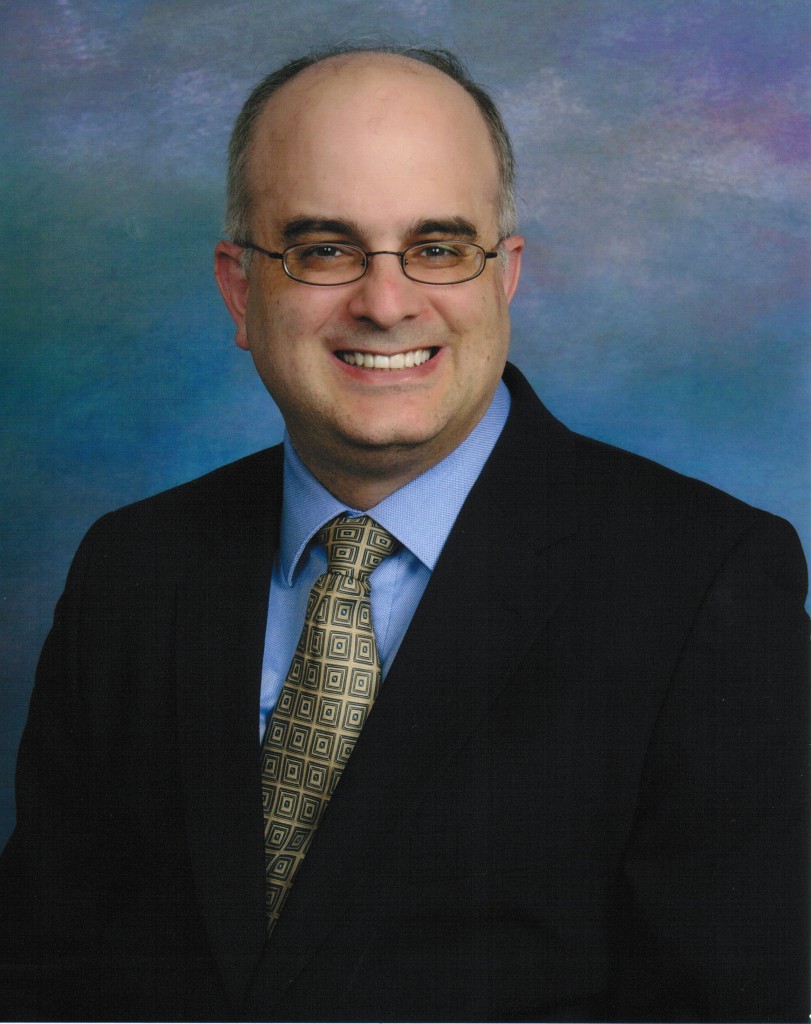#CollegeChat “Hot Topics” is back June 7, 2011 at 9 pm Eastern and 6 pm Pacific. During “Hot Topics” we will be discussing:
- Should college athletes be paid?
- Are highly selective colleges largely for the elite? Why should this be a matter of national interest?
- Is there an unfair bias against online degrees?
Athletes
Steve Spurrier, University of South Carolina’s football coach, last week made news when his proposal to pay Division I football players $300 a game for expenses on top of the full scholarships the players already receive. Spurrier’s plan calls for the $300 a game pay day for the players be paid out of the coaches’ pockets.
Rachel George of the Orland Sentinel quoted Spurrier:
“I just wish there was a way to get our players a little piece of the pie. It’s so huge right now,” he said. “As you know, 50 years ago, there was not any kind of money and players got full scholarships. Now they’re still getting full scholarships and the money’s just in the millions. I don’t know how to get it done. Hopefully there’s a way to give our guys that play football a little piece of the pie.”
On a related note, the New York Times recently ran a story titled “CollegeTeams, Relying on Deception, Undermine Gender Equity”. In the article, Katie Thomas reported that many colleges have “resorted to subterfuge to make it look as if they are offering more spots to women.”
Thomas reported:
But as women have grown to 57 percent of American colleges’ enrollment, athletic programs have increasingly struggled to field a proportional number of female athletes. And instead of pouring money into new women’s teams or trimming the rosters of prized football teams, many colleges are turning to a sleight of hand known as roster management. According to a review of public records from more than 20 colleges and universities by The New York Times, and an analysis of federal participation statistics from all 345 institutions in N.C.A.A. Division I — the highest level of college sports — many are padding women’s team rosters with underqualified, even unwitting, athletes. They are counting male practice players as women. And they are trimming the rosters of men’s teams.
Highly Selective Colleges Admission Bias
In David Leonhardt’s recent New York Times article “Top Colleges, Largely for the Elite” he reports that whether you “like it or not” highly selective colleges “have outsize influence on American society. So their admissions policies don’t matter just to high school seniors; they’re a matter of national interest.”
Leonhardt reports on a conversation he had with Anthony Marx, the president of Amherst College.
When we spoke recently, he mentioned a Georgetown University study of the class of 2010 at the country’s 193 most selective colleges. As entering freshmen, only 15 percent of students came from the bottom half of the income distribution. Sixty-seven percent came from the highest-earning fourth of the distribution. These statistics mean that on many campuses affluent students outnumber middle-class students.
“We claim to be part of the American dream and of a system based on merit and opportunity and talent,” Mr. Marx says. “Yet if at the top places, two-thirds of the students come from the top quartile and only 5 percent come from the bottom quartile, then we are actually part of the problem of the growing economic divide rather than part of the solution.”
Laura Stamplar also examined the admission policies of highly selective colleges in her article “Affirmative Action for the Rich: Legacy Preferences in College Admissions” for The Nation.
Stamplar asks in her article:
But what if the extra hours of test prep, perfected essays and community service projects count less than anticipated because many of those prized acceptance letters are already signed, sealed and spoken for based on criteria unrelated to achievement or diversity?
Instead, many of those acceptance letters are going to legacy students who are awarded an additional 160 SAT points (on the former 1600 SAT point scale) to their SAT score. The reason for the bump in their SAT scores is merely for being a legacy student.
Online Degree Bias
Is there bias by potential employers against hiring online degree holders? According to a literature review titled “Employer Perceptions of Online Degrees: A Literature Review” by Norina L. Columbaro of Cleveland State University and Catherine H. Monaghan, Ph.D., of Cleveland State University, the answer is yes but changing over time.
According to the literature review, in a study conducted by Adams and DeFleur in 2006 about the perceptions about online bachelor’s degrees in the entry level hiring process, 96 percent of hiring executives “indicated that they would choose the candidate with a traditional degree” .
Furthermore, the authors of the literature review explained:
Finally, Seibold’s (2007) qualitative study included gatekeepers from five different industries: “telecommunications, data systems, insurance, finance and rental businesses” (p. 32). She suggests that, even with the increase of online degrees and students and nearly a decade of research, perceptions still exist in the hiring process that traditional degrees are superior to online degrees, although hybrids are gaining acceptability. However, she maintains, “…whatever the state of opinion held today, it is clear that personal experience with online education [on the part of the gatekeeper] had positively influenced the perceptions of those involved in this study” (Seibold, 2007, p. 54).
Background Reading
Paying for Athletes
http://www.chicagobreakingsports.com/sports/os-steve-spurrier-paying-players-20110601,0,7325283.story
http://content.usatoday.com/communities/campusrivalry/post/2011/06/steve-spurrier-sec-paying-players-proposal/1
http://www.nytimes.com/2011/04/26/sports/26titleix.html?_r=2&hp
Elite College Bias
NY times: Top Colleges, Largely for the elite
http://www.nytimes.com/2011/05/25/business/economy/25leonhardt.html?_r=3&pagewanted=2&src=ISMR_HP_LO_MST_FB
http://www.thenation.com/blog/155045/affirmative-action-rich-legacy-preferences-college-admissions
http://www.fair.org/index.php?page=1442
http://diverseeducation.com/article/10530/
Online Degree Bias
http://elearningtech.blogspot.com/2010/01/value-of-online-degree.html
http://www.westga.edu/~distance/ojdla/spring121/columbaro121.html
New to Twitter?
In order to participate in the chat, attendees will need to have a Twitter account. To sign up for a Twitter account, go to http:// twitter.com. The easiest way to follow the chat is to use TweetChat (http://tweetchat.com). Simply log in to TweetChat with your Twitter information (email or username followed by password) and then enter in CollegeChat without the “#” and you will be placed into the chat room with only those participating in #CollegeChat. More detailed information about signing up for Twitter and using TweetChat can be found at http://pathwaypr.com/how-to-participate-in-a-twitter-chat .
About #CollegeChat
#CollegeChat is a live bi-monthly conversation intended for teens, college students, parents, and higher education experts on Twitter. Questions for each #CollegeChat edition can be sent to Theresa Smith, the moderator of #CollegeChat via http://Twitter.com/collegechat, by entering questions online on the CollegeChat Facebook page at http://ht.ly/1XIqV , or by email. CollegeChat can also be found on Twitter at http://Twitter.com/collegechat.





